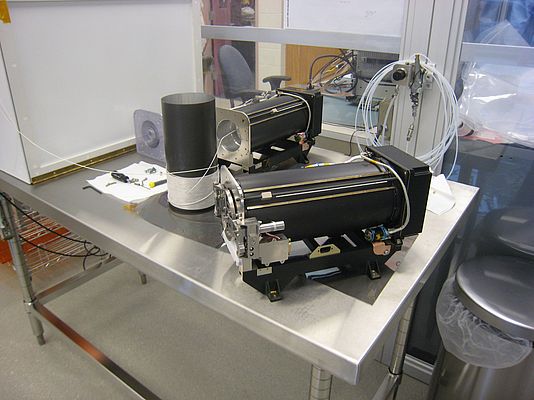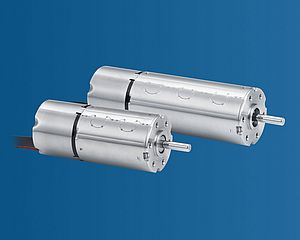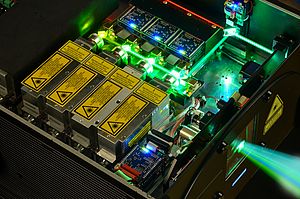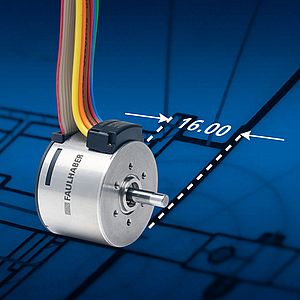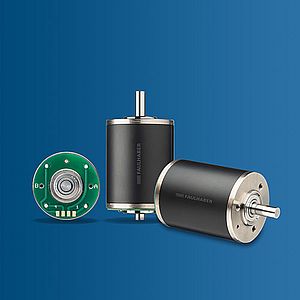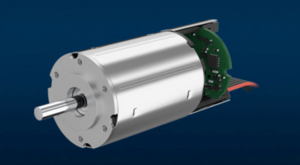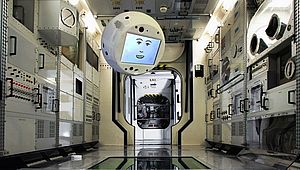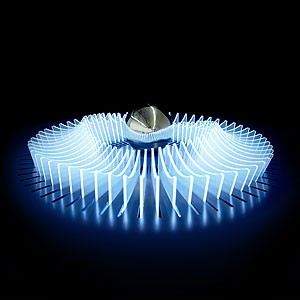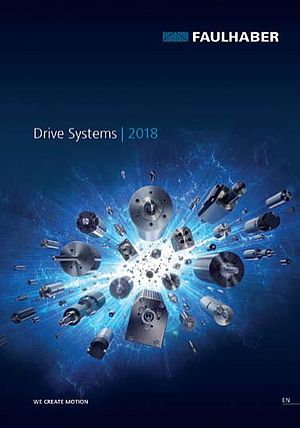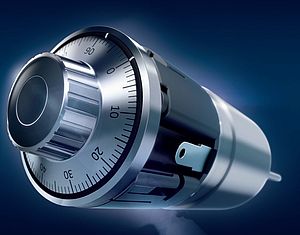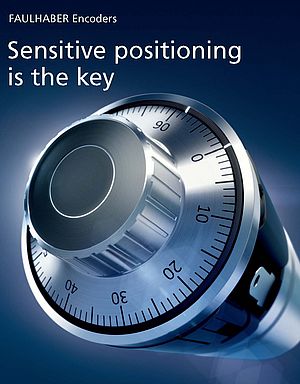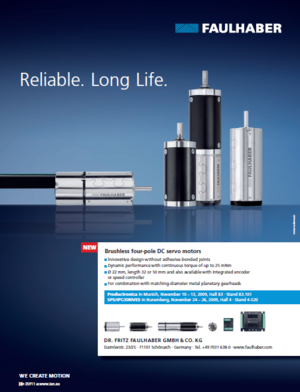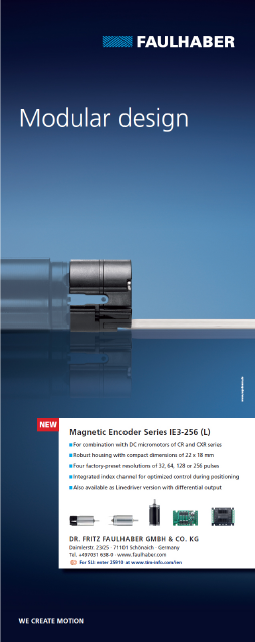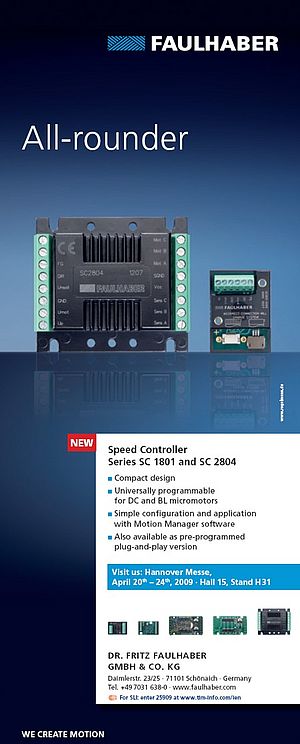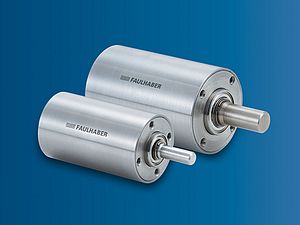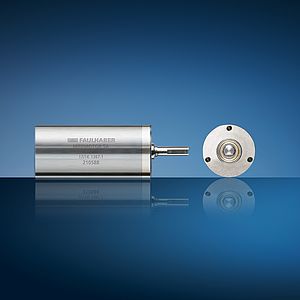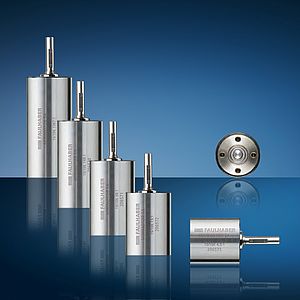Combining performance with a small footprint, microdrives are predestined for a wide range of applications. Their low weight and long-term reliability make them also useful for space exploration applications.
Every kilogram of weight which goes into orbit costs a hundred times its weight in fuel. So microdrives are an excellent solution. At the same time, they are always ready for action, tolerate short-term overloads and are resistant to both cold and heat if modified slightly with respect to materials and lubrication of the standard components. This makes them an enormously affordable drive for space technology, without compromising on reliability or service life.
Our modern world is founded on the use of electricity, electromagnetic waves and electronic devices. But all this essential technology is easily influenced by external sources. The interaction between solar wind and the earth's magnetic field not only creates the impressive natural spectacle of the Northern Lights, it has also paralyzed whole electricity and telephone networks in northern countries. In order to research the influence of the Earth's magnetosphere on our modern world, NASA is sending four measurement probes into space in a rocket in August 2014. Each of the satellites contains four stepper motor gear units provided by FAULHABER affiliate MICROMO in the USA. They are responsible for winding and unwinding the actual measurement cable.
No second chances
Space exploration is an expensive business. For many missions, there is only one chance. If it goes wrong, there are no resources for a second attempt. So there are two very important aspects: the mission needs to be as reliable and as affordable as possible. This is where the requirements of space technology overlap with those of our more 'terrestrial' industries. Modern microdrive technology is now so well developed that it needs no special modification for extreme service conditions. Mostly, relatively small optimizations are all that is needed to meet the requirements.
When NASA was looking for a drive for its Magnetospheric Multiscale Mission (MMS) which was small and lightweight and at the same time powerful and reliable in the long term, it found it at FAULHABER's affiliate in the United States. Small-sized Stepper Motors have been chosen to wind and unwind four magnetic field measuring cables – around 60 m in length – for each probe. As the mission aims to observe the effects of solar wind on the Earth's magnetic field, it is set to take several years. In the first year, observations will focus on the region between the Earth and the sun. In the second year, the probes will be reprogrammed and the area facing away from the sun will be observed, i.e. in the lee, where the magnetic field spreads out like a flag in the solar wind. With four satellites, each with four measuring cables plus the development and testing kit on Earth, they needed 40 modified space-compatible drive units.
Hard at work
As well as their weight and volume benefits, miniature Stepper Motors have other advantages which ensure reliable operation. They do not require a particularly demanding controller. Simple Stepper Motor Controllers, which can be designed to be very robust, are perfectly adequate for operation. The higher the level of integration of the electronics, the more hazardous it is to use them in space, given the bombarding with cosmic rays. This requires additional shielding and increases the mass of the drive controller. The motors are connected directly to the reducing gears. The total length of the compact unit is just a fraction over 56 mm. But the unit can still put out up to 0,5 Nm at the drive shaft.
The major changes to the engine and drives are related to lubrication and a release hole for the fast breather required for the start. The latter is particularly important because, as we know, a rocket leaves the atmosphere very quickly. If you have ever driven fast uphill or downhill, you will know the feeling of having your ears go pop. The release holes allow the air to escape rapidly and thus prevent damage caused by excessive internal pressure.
When it comes to lubrication, it is important to find a material which is resistant to extremes of temperature and does not evaporate in a vacuum. The standard components, i.e. the bearing for the motors and gearwheels for the gears, have therefore been lubricated with a special material. All the drives had to be separately marked and issued with an appropriate approval certificate. They were then ready for their space mission.
The modern standard technology for micromotors can produce drives virtually off the peg, even those which need to meet extreme requirements. Minor adjustments to the design or materials or lubrication are all that is required to meet even the exacting demands of space exploration.


